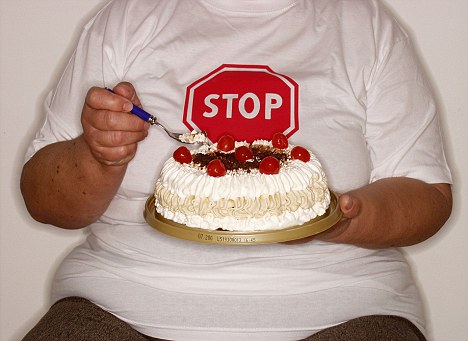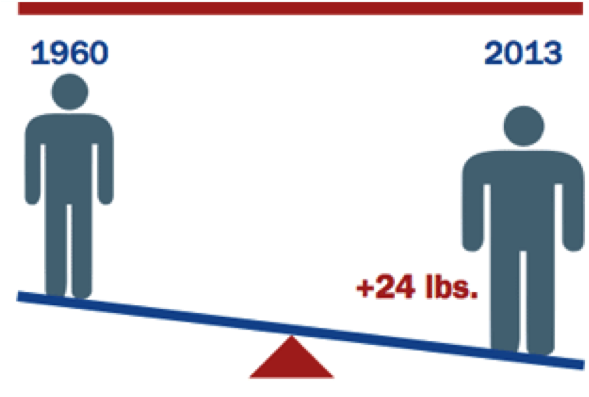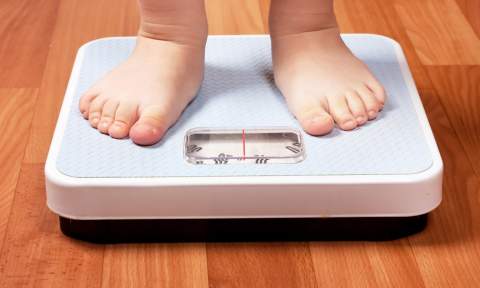About food:
 For some time, scientists have known that many overweight people’s brains operate differently than the brains of thinner people when they look at images related to eating. In previous neurological studies, when heavier volunteers viewed pictures of food or food preparation, they typically developed increased activity in portions of the brain involved in reward processing, or an urge to like things, including in an area called the putamen. At the same time, their brains showed relatively blunted activity in areas that are thought to induce satiety, or the ability to know when you are full. These changes generally are reversed in the brains of thinner people shown the same images.
For some time, scientists have known that many overweight people’s brains operate differently than the brains of thinner people when they look at images related to eating. In previous neurological studies, when heavier volunteers viewed pictures of food or food preparation, they typically developed increased activity in portions of the brain involved in reward processing, or an urge to like things, including in an area called the putamen. At the same time, their brains showed relatively blunted activity in areas that are thought to induce satiety, or the ability to know when you are full. These changes generally are reversed in the brains of thinner people shown the same images.
About exercise:
The resulting readouts revealed that overweight women’s brains were put off by exercise…
Emotionally, the brain scans suggested, they anticipated disliking physical activity much more than they expected to disdain sitting.
Leaner women’s brain activity, by and large, was the opposite, with the putamen lighting up when they watched others work out and envisaged doing the same themselves. (NYT)








